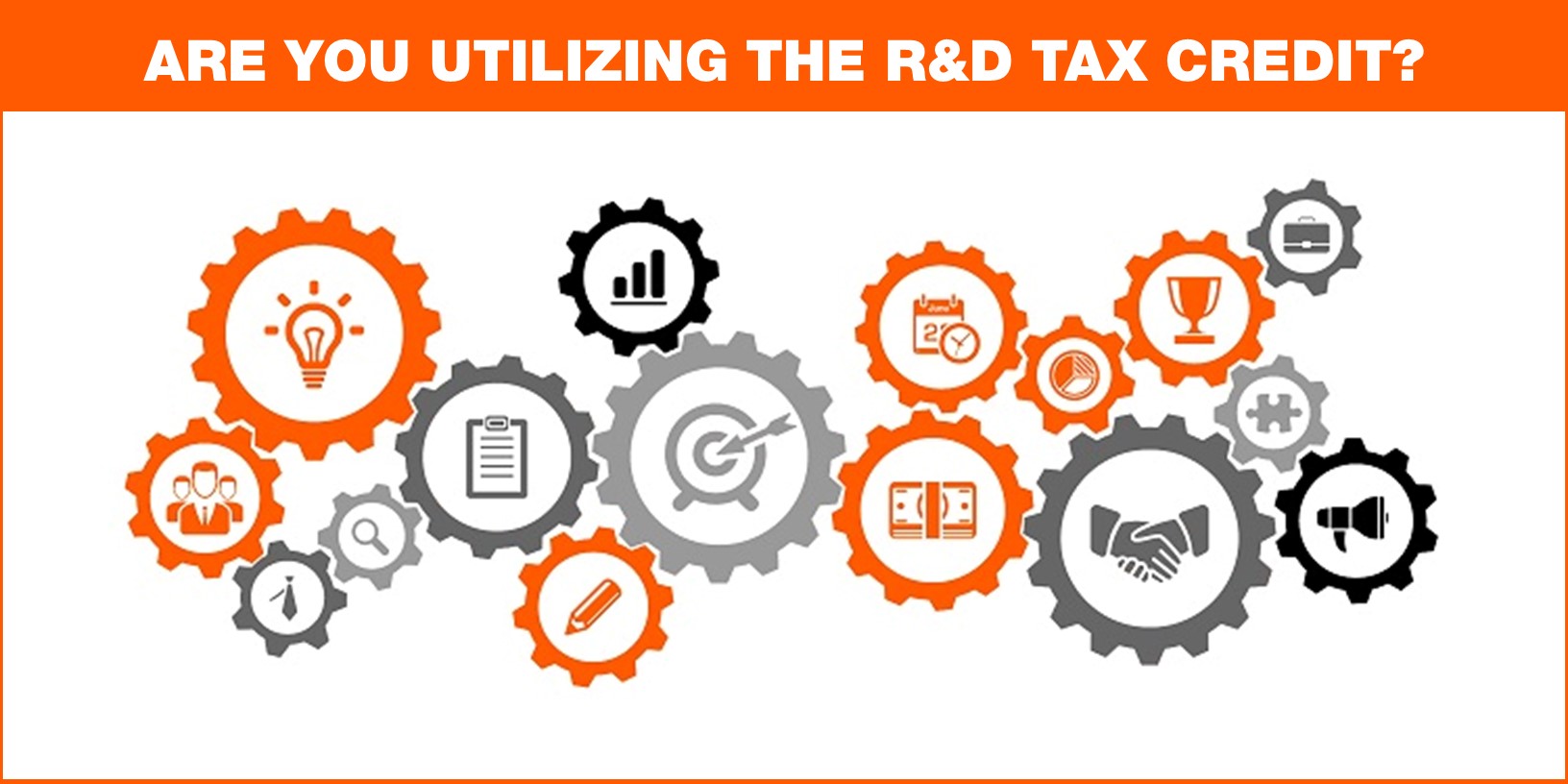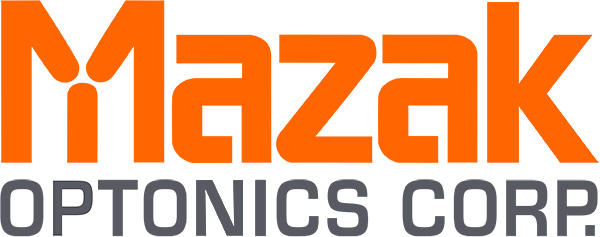The R&D Tax Credit is a highly valuable yet underutilized government-sponsored incentive for fabricators and manufactures
By Kaylee Swearingen, Marketing Specialist at Mazak Optonics Corp.

Are you looking for ways to save money, expand your business while improving your company’s bottom line? The R&D Tax Credit is an opportunity that allows you to take advantage of activities that you are probably already performing. Yet shockingly, it is estimated that only 5 percent of eligible companies claim the R&D Tax Credit.
Largely as a result of the ongoing improvements made to their products and processes, manufacturers make up the largest group of R&D Tax Credit claimants. Each year, manufacturers receive considerable tax savings as a result of this government-sponsored incentive.
Unless your company has been making the same product, the same exact way for the past five year, it is time to check out how you can benefit for the R&D Tax Credit.
What is the R&D Tax Credit?
The R&D Tax Credit is the largest tax credit available for US businesses and is one of my most lucrative credits for businesses of all sizes. As of 2015, the PATH ACT has made the R&D Tax Credit a permanent part of the US tax code.
Most importantly, the R&D Tax Credit saves companies money allowing them to continue to invest and stay competitive. According to Tracy Lustyan, Managing Director of the Midwest Region at alliantgroup, “This is an actual dollar for dollar tax credit and the value of it is substantial”.
For example, a company that receives $50,000 in R&D tax credits will save $50,000 on their taxes.
How did the R&D Tax Credit start?
The R&D Tax Credit has been a part of the tax code since 1981. It was created to reward US companies for improving a product, process, formula, invention, software or technique. However, due to new laws, regulatory changes and court rulings, the credit has gradually evolved for the benefit of taxpayers over the past four decades.
Additionally, the credit encourages companies within the US to keep technical talent in the country. This creates jobs and helps our country remain competitive against the rest of the world.
How do I qualify for the R&D Tax Credit?
The R&D Tax Credit is for more than just scientists. As it relates to the manufacturing sector, companies will normally qualify for this incentive through the enhancements made to their products or the processes used to make those products. For the technical and iterative work done on the factory floor to enhance their products and processes, businesses can receive substantial tax savings.
Despite what the term “R&D” may imply, the R&D Tax Credit is for more than just test tubes and white lab coats (although laboratory research does qualify as well). It is also for companies that are making a product or process better, faster, cheaper, greener or more efficient. Considering the increased focus on technology and automation, this is especially relevant for fabrication and manufacturing companies.
According to Lustyan, she said, “time spent evaluating and implementing what is going on the floor is what qualifies for the R&D Tax Credit. That time qualifies for the credit. Some of the best candidates are custom fabrication/ job shops. These companies along with other are always working through the best way to build something and considering alternatives. All the designs and work that was put in to how to build the first one is the time that qualifies to the credit”.
There are also 40 states that have state-level R&D credits to add to your company’s savings.
What about previous years?
More companies than ever are able to qualify for the R&D Tax Credit due to two key changes. First, in 2014 the IRS and US Department of Treasury allowed companies to amend their returns to claim the Alternative Simplified Credit (ASC). This is a major change allows companies to go back three years and make beneficial amendments to their returns. Secondly, if you did not previously qualify, you now might be able to thanks to the Alternative Minimum Tax (AMT) offset. For more information about the major pro-taxpayer modification rad more in this Industry Week article.
Where do I start?
There is no application for this. It is just a form that is added in with your company’s tax return then it is auto deducted from what is owed.
Lustyan explains, “The most recent tax reform allowed for new tax regulations. All of these regulations are expanding the R&D Tax Credit. Alliantgroup can help you figure out how much your company is entitled to, how the new regulations can affect your company, and what would it mean for your company. Alliantgroup also offers a free assessment for those interested to learn how the R&D Tax Credit can benefit them”.
Can I make the R&D Tax Credit claim on my own?
Lustyan warns that, “Self-censorship is an issue, especially with companies below $250 million. These companies often fail to claim the credit or do not maximize the amount they can claim. More often than not, companies who have claimed the credit on their own are not claiming the full value they are entitled under the tax code. It’s hard to stay on top of all the changes with respect to the credit, as it has changed more times in the last five year than in the previous 30. Right now is the best time for an analysis”.
To learn more about the process and for your free assessment, contact alliantgroup.
For more specific examples of manufacturing innovations eligible for R&D Tax incentives, check out alliantgroup’s manufacturing industry page.
